Types, standards and use methods of water-soluble fertilizer
VIEWS: times Release Date:2020-06-11
Water-soluble fertilizer is defined as: liquid or solid fertilizer that is dissolved or diluted with water and used for irrigation and fertilization, foliar fertilization, soilless cultivation, soaking seeds and dipping roots.
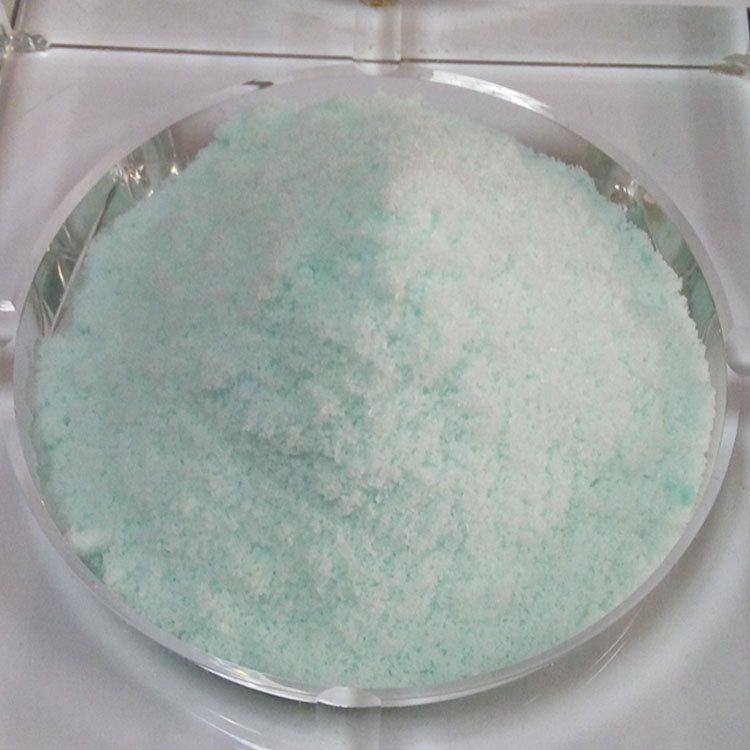
As a multi-component fertilizer, water-soluble fertilizer can be quickly dissolved in water and is more easily absorbed by crops, and its absorption utilization rate is relatively high, which can solve the nutritional needs of high-yielding crops during the rapid growth period. Especially in combination with micro-sprinkler irrigation, drip irrigation, etc. in facility agriculture, water is used to achieve the integration of water and fertilizer, and the efficiency of water and fertilizer management is achieved.
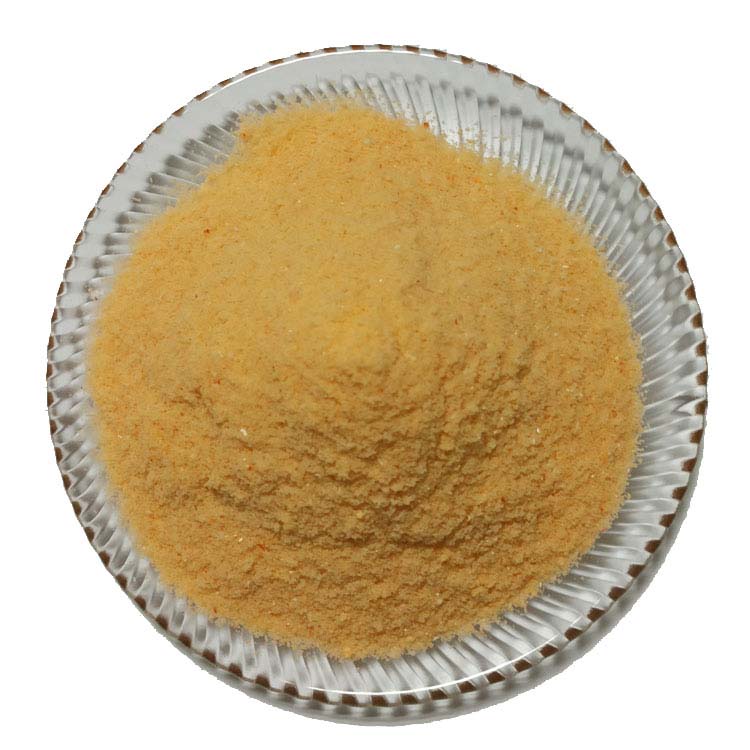
Types and standards of water-soluble fertilizer
Water-soluble fertilizers can be divided into a large number of element water-soluble fertilizers, trace element water-soluble fertilizers, humic acid-containing water-soluble fertilizers, amino acid-containing water-soluble fertilizers, etc. China's agricultural industry standards have clear requirements for the quality of related fertilizers.
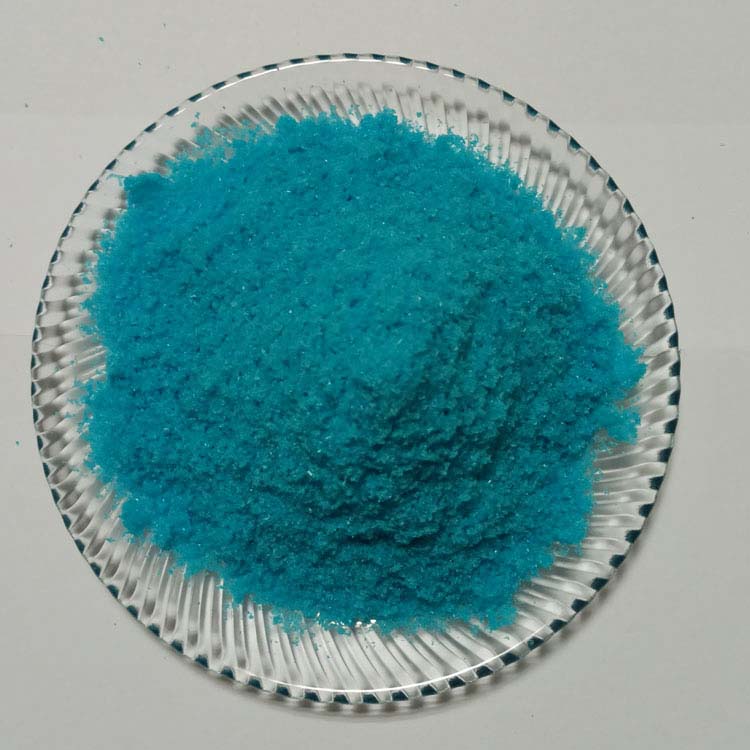
Large amount of water soluble fertilizer
The main elements are nitrogen, phosphorus and potassium, and the liquid or solid water-soluble fertilizer made of copper, iron, manganese, zinc, boron, molybdenum trace elements or calcium and magnesium medium elements is added according to the proportion required for plant growth. The product standard is NY 1107-2010. The standard stipulates that the solid element has a large element content ≥50% and a trace element content ≥0.2~3.0%; the liquid product has a large element content ≥500g/L and a trace element content ≥2-30g/ L.
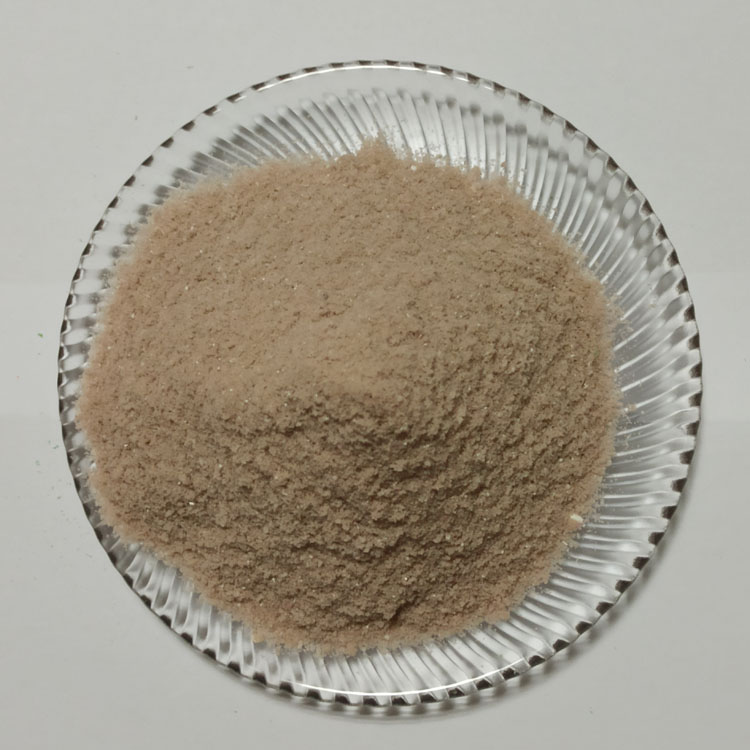
Medium element water-soluble fertilizer
Liquid or solid water-soluble fertilizer made of calcium and magnesium in the proportion required for plant growth, or by adding appropriate amounts of trace elements of copper, iron, manganese, zinc, boron and molybdenum. The product standard is NY 2266-2012. The technical indicators of the product are: liquid product Ca≥100g/L, or Mg≥100g/L, or Ca+Mg≥100g/L. The solid product Ca≥10.0%, or Mg≥10.0%, or Ca+Mg≥10.0%. This standard was formally implemented on June 1, 2013.
Trace element water soluble fertilizer
Liquid or solid water-soluble fertilizer made of copper, iron, manganese, zinc, boron, and molybdenum trace elements in proportions suitable for plant growth. The product standard is NY 1428-2010. The standard stipulates that the trace element content of solid products ≥ 10%; the trace element content of liquid products ≥ 100g/L.
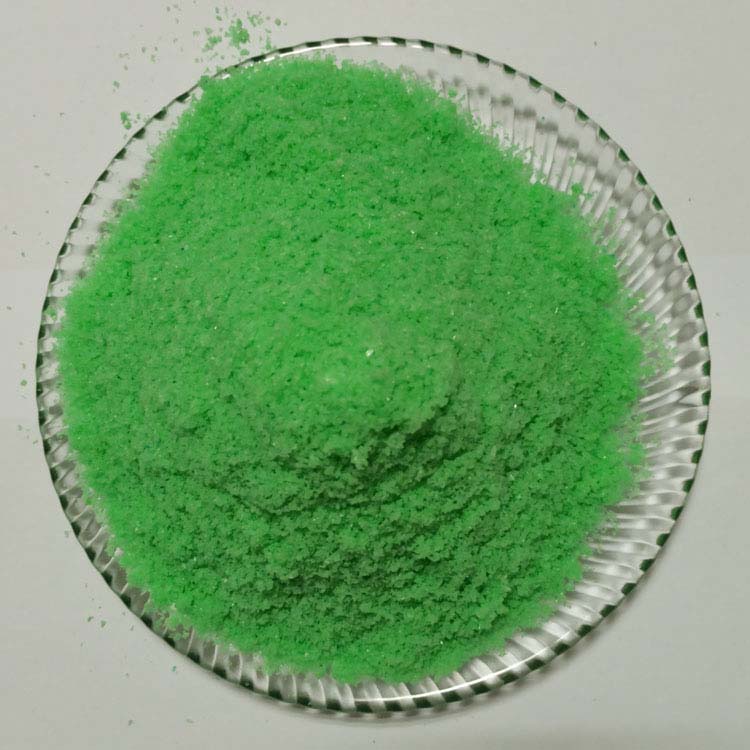
Water soluble fertilizer containing amino acid
With free amino acid as the main body, add liquid or solid water-soluble fertilizer made of copper, iron, manganese, zinc, boron, molybdenum trace elements or calcium and magnesium medium elements according to the proportion required for plant growth. The products are divided into trace element types and Two types of calcium element type. The product standard is NY1429-2010, the free amino acid content of trace element type amino acid-containing water-soluble fertilizer, solid product and liquid product are not less than 10% and 100g/L respectively; the total content of at least two trace elements is not less than 2.0% and 20g/L. Calcium element-type amino acid-containing water-soluble fertilizers are also available in solid products and liquid products. The indicators are the same as those of trace elements, except for the calcium element content. Solid products and liquid products are not less than 3.0% and 30g/L, respectively.
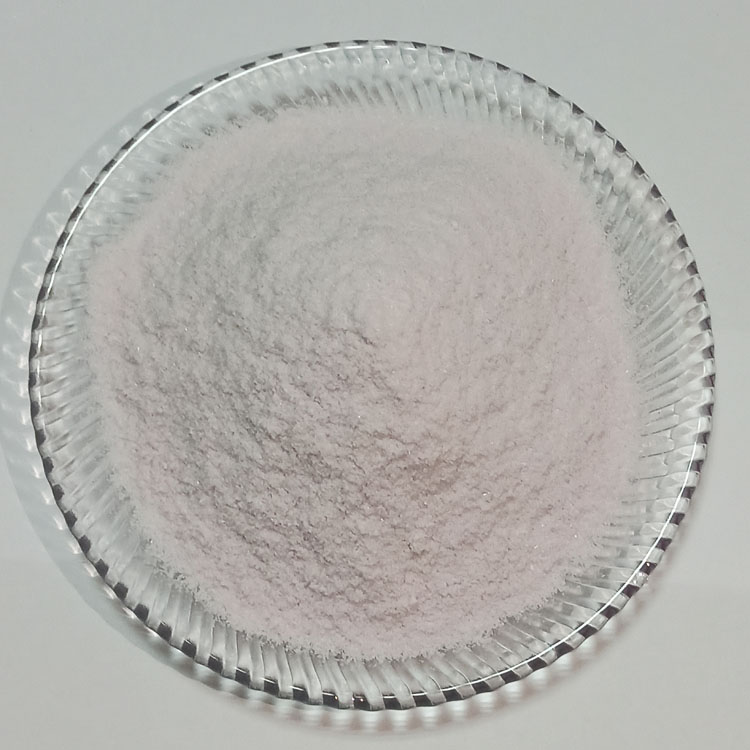
Water soluble fertilizer containing humic acid
Humic acid is a type of natural polymer organic compounds formed by the decomposition of microorganisms and biochemical processes of organic matter such as animal and plant residues. It is mostly extracted from peat, lignite and weathered coal, which can stimulate plant growth, improve soil fertility and improve Nutrient availability and crop stress resistance. The product standard is the agricultural industry standard NY1106-2010. The product standard stipulates that the content of humic acid in a large number of element-type solid products is not less than 3%, and the content of a large amount of elements is not less than 20%; the content of humic acid in a large amount of element-type liquid products is not less than 30g/L, and the content of a large amount of elements is not less than 200g/L; humic acid content of humic acid trace element type solid product is not less than 3%, and trace element content is not less than 6%.
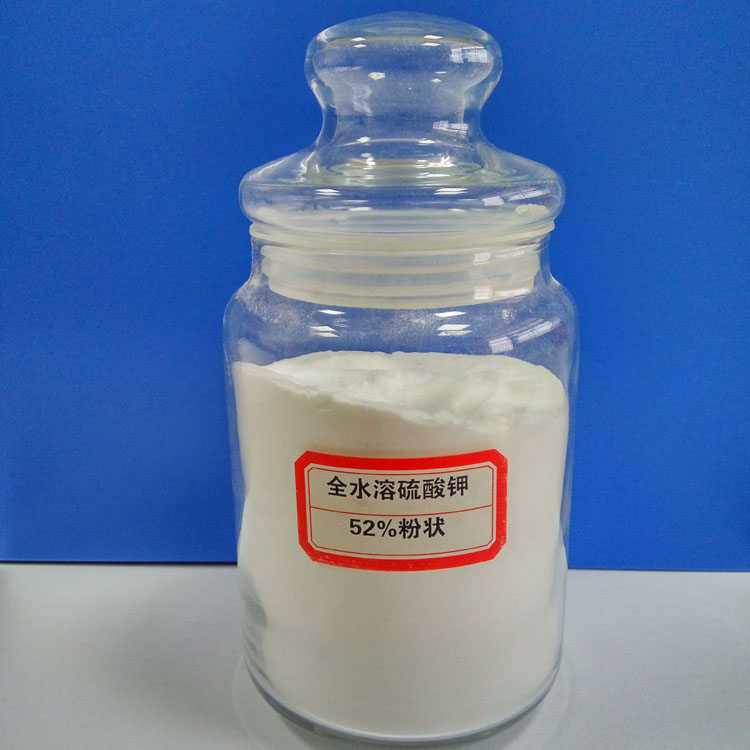
Other water-soluble fertilizers
Not within the scope of the above five kinds of water-soluble fertilizers, other water-soluble fertilizers with fertilizer efficacy that implement the enterprise standard. Generally, there are many organic water-soluble fertilizers, including: alginic acid, chitin, chitosan oligosaccharides and other extracts as the core raw material.
Application method of water-soluble fertilizer
Water-soluble fertilizers are not only diverse but also flexible in application methods. There are generally three ways.
Drip irrigation, sprinkler irrigation and soilless cultivation
In some extremely water-scarce areas, large-scale farms and high-quality high-value-added cash crops, people often use drip irrigation, sprinkler irrigation and soilless cultivation techniques to save irrigation water and improve labor productivity. During irrigation, fertilizer has been dissolved in water, and watering is also the process of fertilization, that is, the integration of water and fertilizer. At this time, the nutrients required by the plants can be obtained through water-soluble fertilizers, which not only saves water and fertilizers, but also improves labor efficiency.
Soil irrigation
When watering or irrigating the soil, mix it in the irrigation water first, so that the roots of the plant can be fully exposed to the fertilizer, and the chemical nutrients are transported to the various tissues of the plant through the respiration of the root.
Foliar fertilization
Dilute and dissolve the water-soluble fertilizer in water for foliar spray, or dissolve in water with non-alkaline pesticides for foliar spray, and enter the plant through the stomata pores. For some young plants or crops with poor root systems, it is an optimal choice to correct the deficiency, which greatly improves the efficiency of fertilizer absorption and utilization, and saves the transportation of plant nutrients within the plant.
Precautions for water soluble fertilizer application
A small number of times is an important principle for rational application of water-soluble fertilizers. A small amount of multiple fertilization is consistent with the continuous absorption of nutrients by the plant root system, and can also reduce the leaching loss caused by one-time large-scale fertilization. Pay attention to the following items when applying water-soluble fertilizer:
Fertilizer should be used now
Fertilizer must be prepared for use now, especially in the case of poor water quality, to prevent the fertilizer components from reacting with substances in the water.
Pick the right fertilization time
In the case of high temperatures on sunny days, fertilization should be selected before ten o'clock in the morning and after four o'clock in the afternoon. Avoid fertilizing under strong sunlight; avoid rainy fertilization, especially foliar spraying, to avoid fertilizer loss.
When applying water-soluble fertilizer in drip irrigation, first drip clear water
When applying water-soluble fertilizer in drip irrigation, drip water first. Wait until the pipe is full of water and start fertilizing. Immediately after the fertilization, drip clean water for 20 to 30 minutes to expel all the remaining fertilizer liquid in the pipeline. If the tube is not washed, moss, algae, or other microorganisms may grow on the dripper, blocking the dripper.
Pay attention to the pH and whether flocculation occurs when mixing
When mixing with pesticides for root irrigation or foliar spraying, avoid mixing acidic fertilizers with alkaline pesticides and alkaline fertilizers with acidic pesticides; at the same time, pay attention to whether there is flocculation during mixing. If flocculation occurs, mixed use is prohibited.
Previous : Best NPK fertilizer for Mung bean
Next : Different types of npk fertilizers
Latest News
- The company overcame difficulties and won a "good start" in the first quarter ...2022-03-28
- Safe Production ...2022-03-28
- first-line collection ...2022-03-26
- Huaqiang News ...2022-03-26
- Huaqiang Chemical Strong Agriculture Project ...2022-03-25
- huaqiang news ...2022-03-24
- winning unit ...2022-03-22
- Huaqiang News ...2022-03-21
Related Information
- The best fertilizers for fruits and crops ...2020-05-26
- Huaqiang Chemical Group NPK fertilizer pdf ...2020-04-01
- Humic Acid Fertilizer ...2019-12-31
- Bulk Blending Fertilizer ...2019-12-27
- Water Soluble Fertilizer ...2019-12-08
- NPK Fertilizer ...2019-12-02
- Potassium Sulfate Fertilizer ...2019-11-30
- Urea Fertilizer ...2019-11-21
MESSAGE
Our sales staff will be the first time to get in touch with you,to provide you with the latest price.
-
Chemical Products
-
Compound fertilizer
-
Contact Us
Huaqiang Chemical Group Stock Co.,Ltd.
No.1 Jinping Avenue, Dangyang , Hubei , China
Http://www.hq-chemical.com
info@hq-chemical.com
Tel:+86 717 3431866
Mobile: +86 18627120543
© Copyright 2021 Huaqiang Chemical Group Stock Co.,Ltd. All Rights Reserved



